Those who know me and have fished with me know of my passion for Short Line Flyfishing.
I have been spending a bit of time expanding and playing with my techniques as the Season warms and the streams become wadable.
The more that I have played; the more I have learned.
Staying true to my beliefs in Managing The Drift and paying attention to what the currents are telling me; I work out in my mind what will get me the best drift and get my fly to where the trout are holding or feeding.
Be it if I am fishing a Dry Fly and a Nymph Dropper, Double Nymph or Double Dry or a Single Dry or Nymph; I look at how to get the best drift so that my fly selection responds as I want.
There are many different versions similar to mine over the world under many names such a Czech Nymphing and Euro Nymphing.
These are all similar to mine but we all have slight differences. I don’t really care what the differences are or who thinks what is best.
What I care about is that You have a go at improving what you already know and building on your understanding of what trout do and where to find them.
How to get your fly to them and how to manage your line so that you can detect A Take and remain hooked up once you have done the Hard Part.
We now have the advantage of some fantastic line materials from super fine mono to fine, fast sinking and strong Fluro Carbon materials.
I have been chatting via messenger with a visiting french Flyfisher who has been exploring our region over the last few weeks.
He uses the Euro Style of Nymphing and has been having a fantastic time searching the deep pockets in the faster sections of our streams and rivers.
His catch rate is well up there and some of the fish he has been catching would make any of us happy.
From my discussions with him; he has been managing his drifts and using a well weighted nymph to get down deep.
A slightly longer rod is better at managing the drift and also generally has a slightly softer tip so that the slightest takes can be felt.
If you don’t have a rod like this; it does not really matter: An 8’6″ 4wt or 3wt will do just fine.
By slightly leading your fly and keeping a reasonably high rod tip, you will be able to detect most takes by either feeling the Bump or by noticing the leader or flyline change ever so slightly in it’s drift and then lift instantly in a firm manner.
Do not do one of those “Was It A Fish” lifts where you do a very soft lift when you think there has been a take.
Why do I call it a “Was It A Fish” lift?
Because it hardly ever results in a proper hook up and a Dooh moment when you realise that was a fish on the end of your line.
If you believe that there may be a strike or take on your fly; you should strike firmly and with conviction.
If your fly comes out of the water on the lift because there isn’t a fish connected to it; continue into a back cast and put the fly back out from where it came from and continue fishing.
Get out and explore.
Get out and experiment.
Get out and learn.
Get out and have some fun.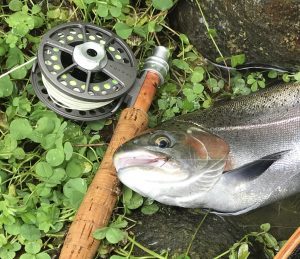



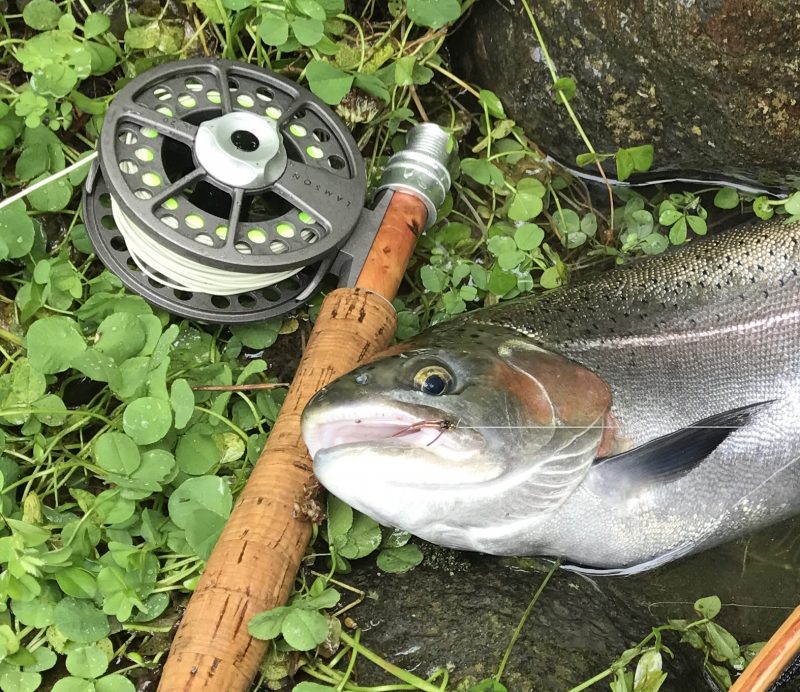
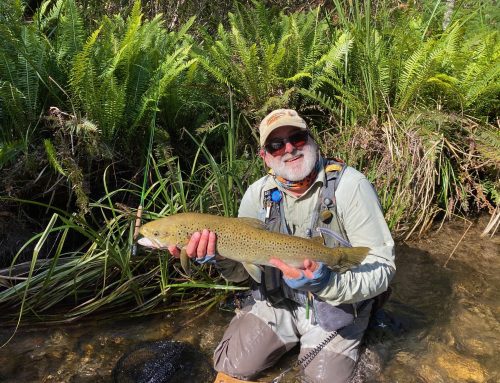
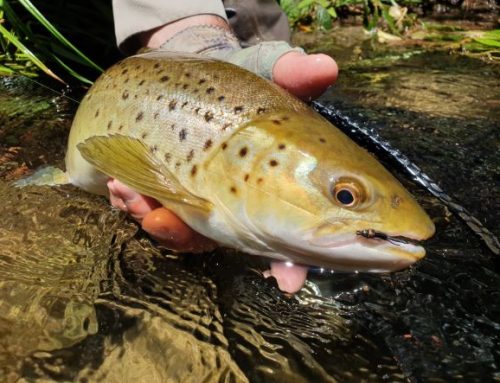
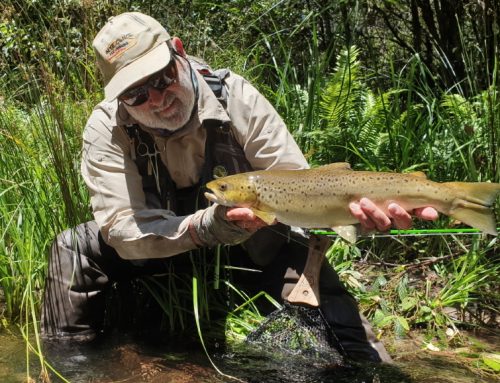
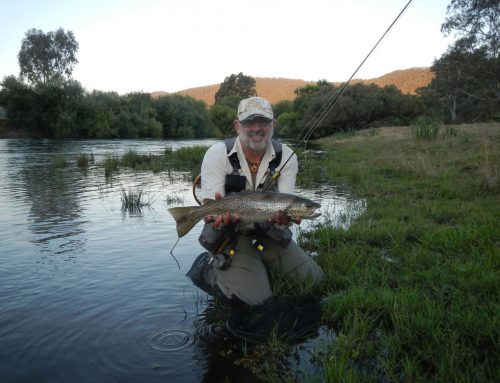
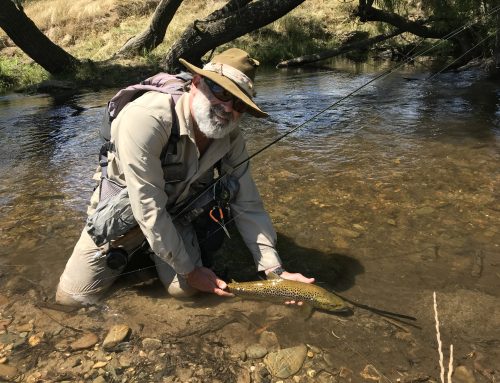
Leave A Comment